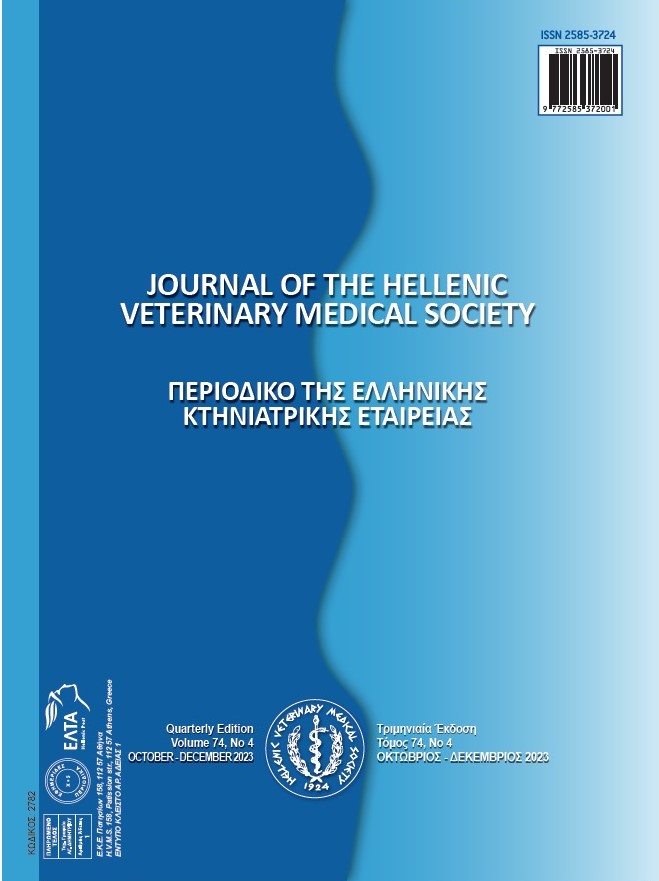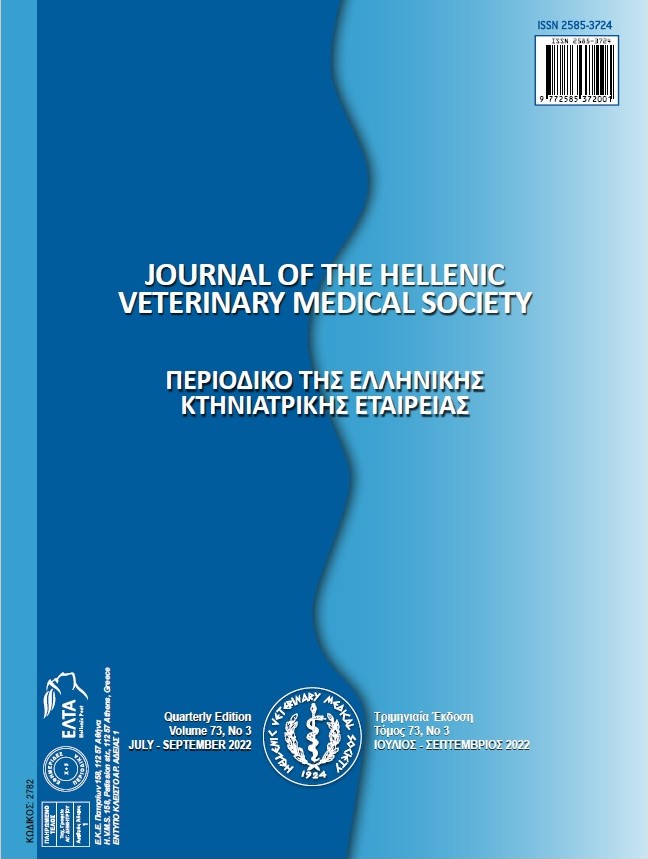Investigation of Boron Addition to Dried Alfalfa In Vitro Ruminal Profile and Potential for Reducing Enteric Methane Emission

Abstract
The aim of our study is to investigate the effects of increasing doses of boron on methane gas production amounts, short chain fatty acids level, protozoa number and organic matter digestibility in vitro with HFT (Hohenheim Futterwert Test) technique. In vitro incubation was performed in the Hohenheim Gas test method at 39°C for 24 hours in the study. Dried alfalfa was used as substrate for fermentation. Increasing doses of boron were used on fresh rumen fluid, buffer solution and dried alfalfa. In the study, 54 syringes were used for a total of 6 groups, including 1 control and 5 trial ( B1: 25 ppm boric acid, B2: 50 ppm boric acid, B3: 100 ppm boric acid, B4: 200 ppm boric acid, B4: 500 ppm boric acid). The measurement of methane gas at 2, 4, 6, 8, 12 and 24th hours of boric acid addition at increasing doses was found to be significant the difference between the groups at each hour under in vitro rumen conditions. When we look at the effect of the dose; Increasing doses appear to reduce methane production for each measured hour. The difference between the measured hours (except the 24th hour) of each group was not significant. However, the difference between the groups was found to be significant in the methane measurement made only for the 24th hour. At the 24th hour of fermentation under in vitro rumen condition, acetic acid and total short chain fatty acid values were linearly and cubically affected. With increasing doses of boron, propionic acid, isobutyric acid, butyric acid and valeric acid values were linearly affected The total number of protozoa was not affected by the addition of increasing doses of boron at the 24th hour of fermentation under in vitro rumen conditions. Consequently, the addition of boric acid at increasing doses in in vitro rumen conditions decreased methane production and positively affected the amount of some short-chain fatty acids, organic matter digestibility and total short chain fatty acids. In the light of these findings, it was emphasized that boron has the potential to reduce methane emissions from ruminant animals, considering the greenhouse gas effect.
Article Details
- How to Cite
-
Yildiz, G., Durna , Ö, & Toygar, U. (2025). Investigation of Boron Addition to Dried Alfalfa In Vitro Ruminal Profile and Potential for Reducing Enteric Methane Emission. Journal of the Hellenic Veterinary Medical Society, 74(4), 6581–6588. https://doi.org/10.12681/jhvms.31617 (Original work published January 18, 2024)
- Issue
- Vol. 74 No. 4 (2023)
- Section
- Research Articles

This work is licensed under a Creative Commons Attribution-NonCommercial 4.0 International License.
Authors who publish with this journal agree to the following terms:
· Authors retain copyright and grant the journal right of first publication with the work simultaneously licensed under a Creative Commons Attribution Non-Commercial License that allows others to share the work with an acknowledgement of the work's authorship and initial publication in this journal.
· Authors are able to enter into separate, additional contractual arrangements for the non-exclusive distribution of the journal's published version of the work (e.g. post it to an institutional repository or publish it in a book), with an acknowledgement of its initial publication in this journal.
· Authors are permitted and encouraged to post their work online (preferably in institutional repositories or on their website) prior to and during the submission process, as it can lead to productive exchanges, as well as earlier and greater citation of published work.



